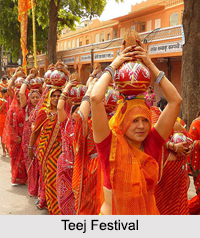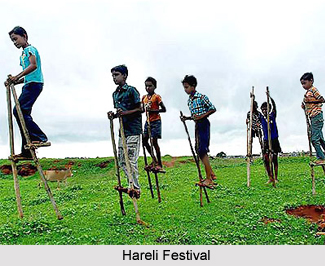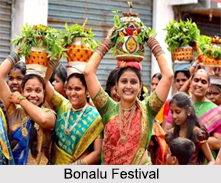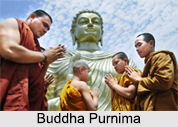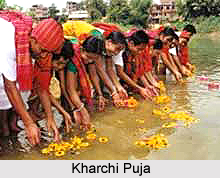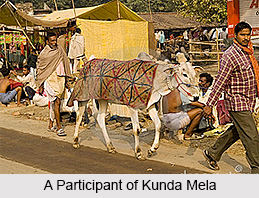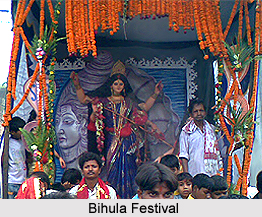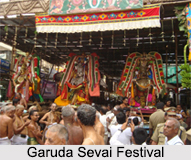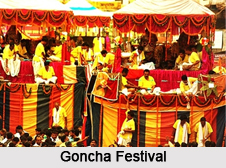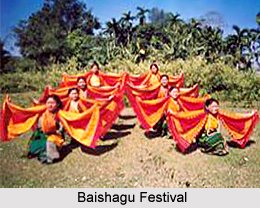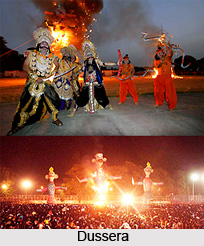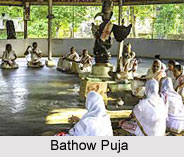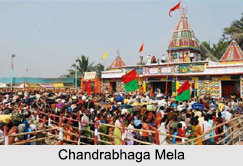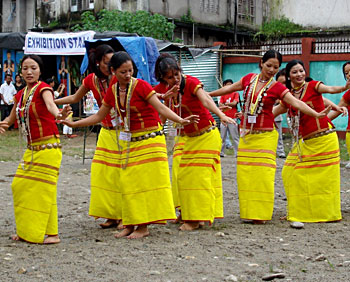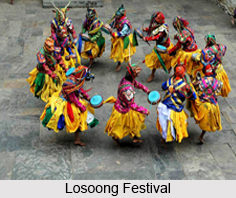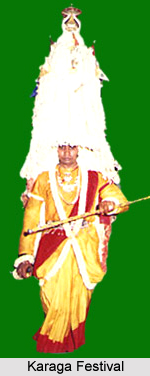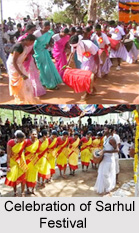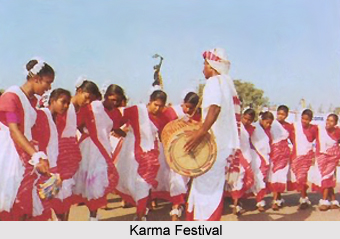"Mughal Tamasha" is a folk theatrical form of sarcasm of the feudal system of Mughal Rule. Mughal Tamsha is known as `Mughal entertainment` in other word. This festival is also popular as "Chaiti Tamsha" since it was performed in the month of Chaitra i.e. March-April. This is a satirical folk play prevalent in Bhadrak and a few surrounding villages of northern coastal Odisha. Most probably it was created during the early part of the eighteenth century when the Marathas wrested power from the Mughals locally. Though the author, Bansi Ballav Goswami, wrote a number of Tamshas, this one is the most popular for its pure entertainment. It is a multilingual improvised play with songs and dialogue in Persian, Urdu, Hindi, Bengali, and Oriya.
Description of Mughal Tamsha
It is conventionally staged in front of a temple of Lord Shiva in the locality, on the fortunate occasion of Maha Bishuv Sankranti involving the people of both Hindu & Muslim Communities. It satirizes Mirza, a Mughal administrator who exploited the local people. The play does not have a definite story. Mirza, the pivotal character, remains on stage right through. Each of the other characters i.e. Chopdar or guard, Zamindar, Vestiwala or water bearer, Hukawala or hookah bearer, Pankhawala or fan bearer, Bhat or panegyrist, Daptari or clerk, Bhandari or storekeeper, and Guwalon or milkmaid has only one scene in which to sing and act. The Chopdar summons them one by one as desired by Mirza, and they introduce themselves through mostly farcical songs. Each couplet is repeated by a chorus. After the performance they ask for baksheesh from Mirza and, while leaving the stage, ask the chorus leader, `What is happening here?` He replies, `The festival of Siva is being celebrated,` then sings in praise of Siva and exits. The play is customarily performed in the precincts of a Siva temple.
This article is a stub. You can enrich by adding more information to it. Send your Write Up to content@indianetzone.com
